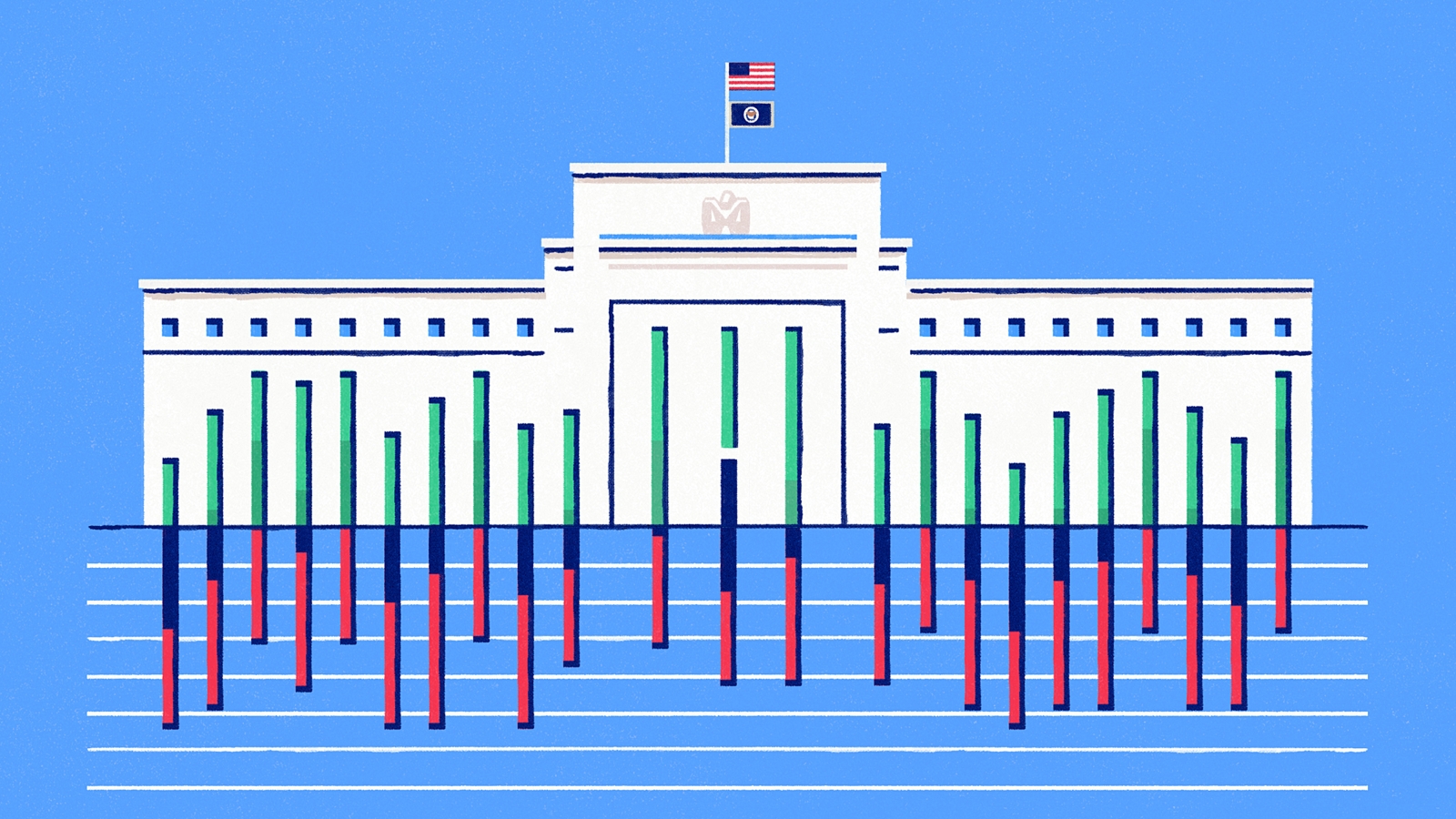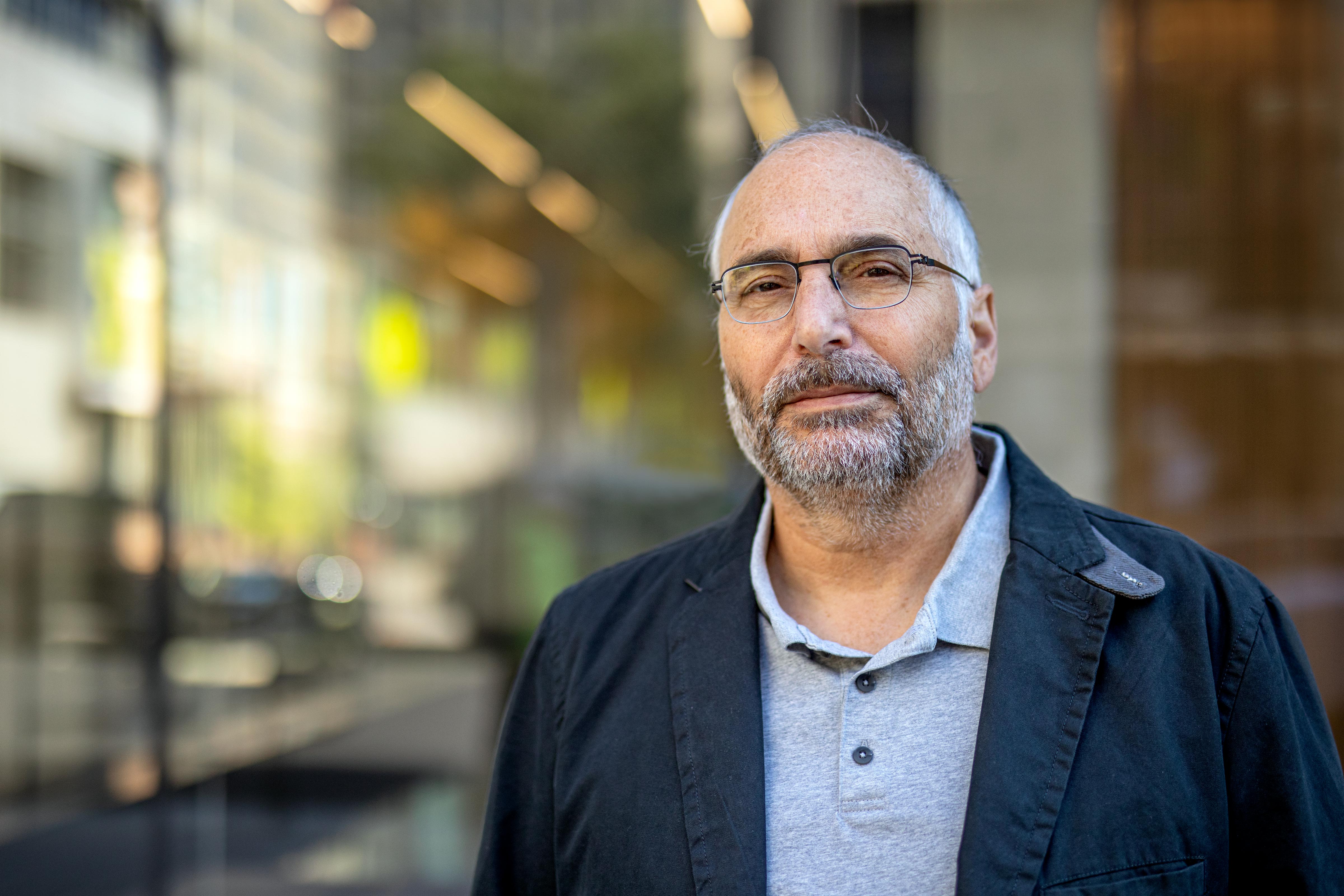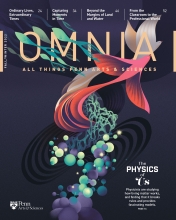Omnia 101: The Federal Reserve Bank
We speak with Harold Cole, James Joo-Jin Kim Professor of Economics, to learn more about the Fed’s structure, objectives, and capabilities—and why it is especially relevant in times of financial crisis.

Omnia 101 offers readers a peek into what faculty do every day in their classrooms and how their research and expertise are inspiring the next generation.
The Federal Reserve Bank, more affectionately known as the Fed, impacts many important aspects of our everyday lives, from purchasing power to job security. We spoke with Harold Cole, James Joo-Jin Kim Professor of Economics, who worked at the Minneapolis Federal Reserve for more than a decade, to learn more about the Fed’s structure, objectives, and capabilities—and why it is especially relevant in times of financial crisis.
What is the role of the Fed—historically and now?
The Fed was created well before the Great Depression and basically was a response to various banking crises. In particular, the government was worried about the kind of bank run you see in the film It’s a Wonderful Life with Jimmy Stewart, where everyone panics and withdraws their money all at once and the bank has to sell its assets at a fire sale. Then, suddenly, you’re not going to get your money back. So the Fed was designed to try to stabilize the banking system—to buy up assets and underpin their value, to make emergency loans to banks that they think are solvent, and to try and prevent these crises from snowballing.
Historically, the Fed also had a supervisory role where they would go out and inspect the banks. In 1933, Roosevelt basically shut down the U.S. banking system because of runs. He had auditors inspect all the banks in fairly short order, and had them start reopening, and it stopped the banking crisis.
Over time, the Fed’s role has expanded, where they now look to stabilize the price level, keep the financial system stable, and also maintain the economy running at a high level. However, all of these goals are in opposition to each other. One classic example of this is that stabilizing the price level to prevent inflation could have employment consequences, and that’s the big one we’re talking about right now.

Harold Cole, James Joo-Jin Kim Professor of Economics
The main Fed, also known as the U.S. central bank, is made up of 12 smaller Feds divided into geographic districts. Why?
The smaller Feds were created as part of an effort to decentralize the power structure within the Federal Reserve system. I was at the Minneapolis Fed from 1990 to 2000—a dinky, regional Fed—but they had fantastic people working there and fantastic people visiting. The number of Nobel prizes that are associated with the Minneapolis Fed is amazing. So, it was a very different intellectual environment than you would see at the Federal Reserve board. It was much more open and academic, and it became a conduit by which new ideas flowed into the Fed. I think your average Fed chairman is probably more conscious of the public good than I would argue a lot of politicians are, because of how they’re able to react to the community’s needs.
One of the Fed’s key duties is to set interest rates. What does this entail?
If the Fed raises interest rates, that discourages consumption today versus consumption tomorrow, because you’re saying, “If I put aside $1 today, that translates into more money in the future.” But if you’re undertaking any finance activity, like buying a house, mortgage rates are higher, so it tends to depress economic activity. But, the hope is that by cranking up interest rates, it will bring the demand side more in line with the supply.
What are some of the potential effects on everyday citizens when interest rates are adjusted?
When we put in very low interest rates during the Great Recession and the COVID crisis, that hurt a lot of conservative savers. If you were in the stock market, though, it’s been very good to you. We know that wealth is very skewed in this country, but another factor is what form of wealth people have. As you go up the income distribution, people tend to hold much more stock and private equity—a bunch of things that are going to be responding positively to reductions in the interest rate. But if you were someone who was saving using these interest-bearing assets, you have not done so well.
One ripple effect in terms of inflation is that some prices adjust right away, but others, like wages, are much slower to adjust. So, real earnings might be doing pretty well, but then turn down. That’s because even though nominal earnings are going up, they’re not keeping pace with inflation. If you’re on social security, for instance, because that adjusts slowly, you’ll take a significant hit.
What is your opinion on how the Fed is addressing the dual challenges of inflation with threat of recession?
I think right now, there's a lot of uncertainty. We had some shocks that they didn't anticipate—the Ukraine war would be a big example of that. The stock market also came down a lot, so that's going to make people poorer directly. I think what's relatively obvious is if inflation continues to be high, they're going to continue this policy of ratcheting up the Fed funds rate until they bring it down.
Should there be a push for increased public awareness in regard to the Fed and the impact that changes in interest rates have?
One thing that really strikes me is we have all these high schools that are advising kids on where they should go on to college, but maybe we should take a few minutes and talk about debt and interest rates. You're investing in yourself, which is a good thing, but if you're going to take on all this debt, you need something that's going to offset it—you need a return on it.



